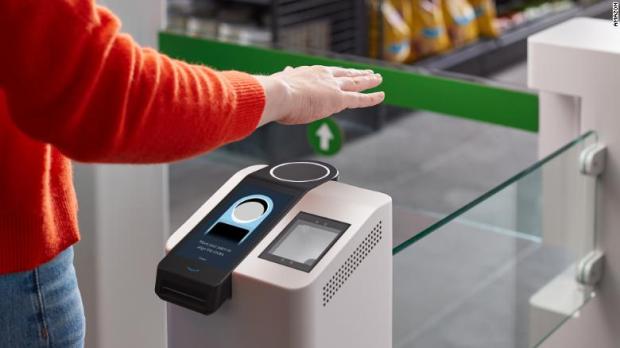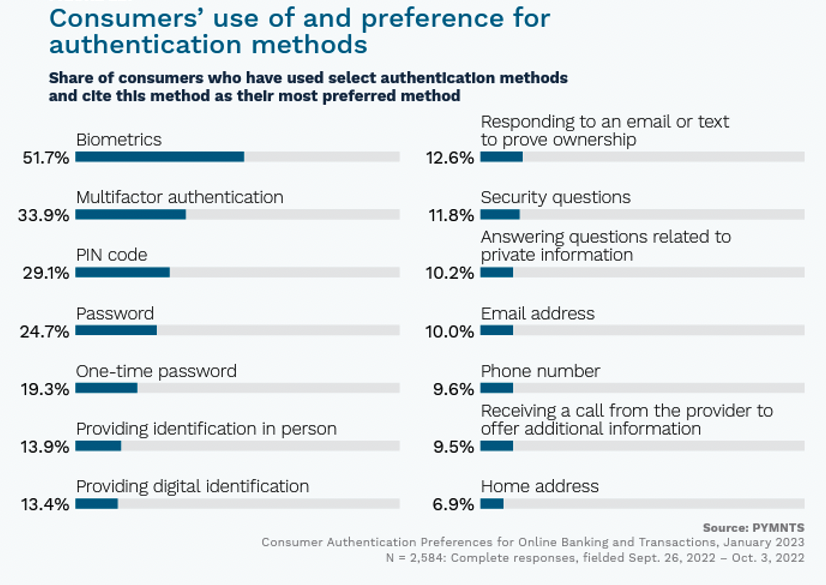Amazon Leans Into Consumer Love for Biometrics With Expanded Palm Payments

Mega-retailer Amazon’s scaled-up rollout of its pay-by-palm technology, One, a month after its announcement, may not be the first offering of such technology, but the sheer number of stores receiving One at once may make it the most ambitious.
This ambition is simply responding to consumer demand, however, as “Consumer Authentication Preferences for Online Banking and Transactions,” a PYMNTS and Entersekt collaboration, made clear. The report found that over half of consumers who have used biometrics as an authentication method prefer the technology.
 Along with being consumers’ clear favorite authentication option, biometrics technology offers businesses and retailers additional benefits, such as the ability to incorporate eCommerce-like data capabilities into brick-and-mortar locations for a more cross-channel approach. For example, employees could be able to greet guests by name and reference their order history after a biometrics scan, aligning with restaurants’ efforts to make their customer experiences more personalized.
Along with being consumers’ clear favorite authentication option, biometrics technology offers businesses and retailers additional benefits, such as the ability to incorporate eCommerce-like data capabilities into brick-and-mortar locations for a more cross-channel approach. For example, employees could be able to greet guests by name and reference their order history after a biometrics scan, aligning with restaurants’ efforts to make their customer experiences more personalized.
In a PYMNTS interview, George Hanson, senior vice president and chief digital officer at Panera Bread, detailed these and other drivers behind the chain using the Amazon One palm payment technology beginning in March. With an initial rollout of two stores, Panera’s strategy also included how to better engage consumers’ favorite accessory: their mobile device.
“What we’re starting to do is bring these digital capabilities into the cafe and into what traditionally have been non-digital channels,” Hanson said. “The [point of sale (POS)], for example, with Amazon One, and last year, we rolled out contactless dine-in, which really put the guests in control of their in-café dining experience using their own phones.”
“We’re leveraging what the guests have told us and what they continue to show us, which is that they’ve increased their digital adoption,” he added. “They expect their phone to be a part of every interaction at every access point. We’re looking at all the areas that traditionally have been offline and adding value to the experience, leveraging our digital capabilities, and the guest is responding very favorably.”
FinTechs and other companies such as Amazon keep rolling out biometrics authentication methods, and consumers prefer them to passwords and PINs. While it’s impossible to tell if Amazon’s platform will ultimately be the widely adopted winner, its speed to market and potential to scale suggests it may be a strong contender.
